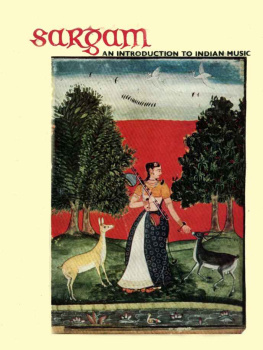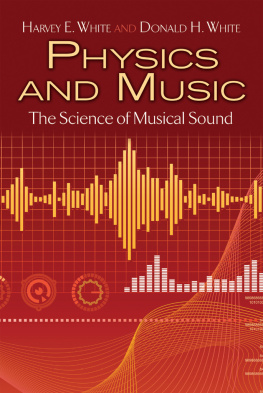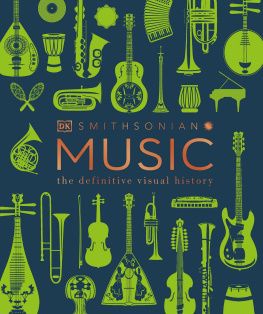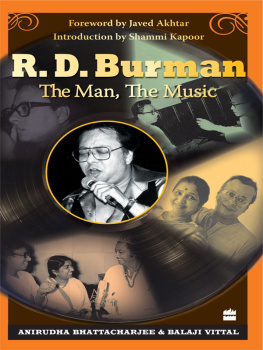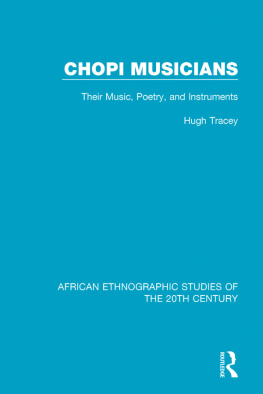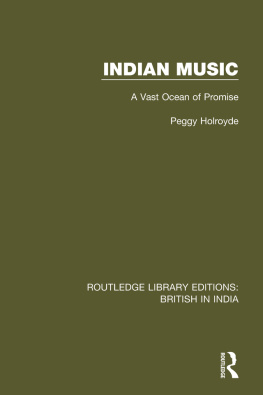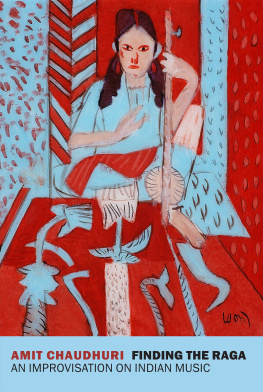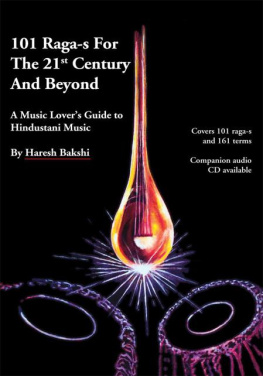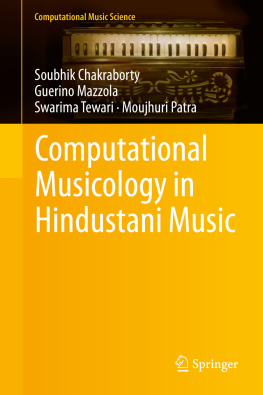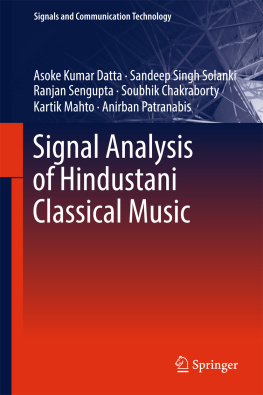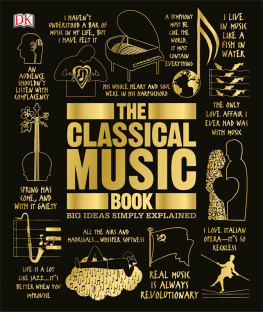One of the books, which made the appeal of Indian music spread to the west, was a brochure by Vishnudass Shirali published in the thirties, when he was the musical director of Uday Shankers famous troupe.
Since then, this highly talented man has written a more comprehensive but vivid book about the internal rhythms of classical music.
The simplicity and liveliness of his analysis of Nada or sound, Raga or the soul of classical music, the explanation of the grou0ping of beats or units, the Indian notation and orchestration, will grip the uninitiated reader as well as the expert.
The highlight of the text is the chapter on different musical instruments used in Indian.
There are 200 illustrations of these instruments, which is a unique feature of this book. Other illustrations include eight colour plates of Ragas and Raginis, and several black & white sculptures depicting musicians.
This book is a model of accomplishment by one of the most versatile Indian Musical directors responsible for creating background rhythms for many dances, dramas and films and originating his own unique style of interpretations of Ragas.
Preface
My initiation to classical music and advanced training was perhaps an accident. I had the great privilege of being constantly in the company of my revered guru, the late Pandit Vishnu Digambar Paluskar. I was also fortunate to have known Ustad Allauddin Khan for some time and he made a great impact on my outlook on music. The kindness and blessings of these two gurus have shaped me out as a musician and given me the gift of appreciation and understanding of it.
With this background, I began my experiments in Indian orchestration in Paris as far back as 1930, when I created music for Uday Shankar's ballets, in a decade when there were only a few such groups in India. Eighteen years of experimentation in composing music for dance dramas and film 'Nalpana', further added to my knowledge about the stage and screen. In the thirteen years of my association with the Films Division, Government of India during which I provided background music for over 450 documentary films, I gained new experience which was entirely different from that of composing music for dance ballets. Added to all this was my personal interest in experimenting with Indian orchestras and choirs which gave me the opportunity to appreciate the potentials of Indian music. Experience in the field of music or in any other field can never be complete as new ideas come with the widening horizon, and that is how one evolves into a musical person.
I would like to narrate a memorable episode. During a tour of Uday Shankar's dance troupe in Bombay in 1934, we invited the late Pandit V.N. Bhatkhande to a performance. After the performance, we requested him to give his opinion on ballet music, and his advice for its improvement. To our surprise, his comments were: "I have realised for the first time that Indian music has such a large scope and possibilities for expressing a variety of moods and sentiments and the use to which the great variety of Indian musical instruments can be put."
The idea of expressing my thoughts through this book is to offer to the reader my observations on Indian music.
As far back as 1937, I had written a booklet entitled HINDU MUSIC & RHYTHM published in Paris, when I was touring with Uday Shankar's company as its music director. This book provided some basic information on Indian music to Western audiences who attended the dance performances all over Europe, U.S.A. and other countries. Some friends, who read this booklet, pressed me to reprint it in India, or preferably to enlarge it into another book on music.
I fervently hope readers will take this effort for what it is worth, a sincere effort to communicate the basic background of Indian music.
VISHNUDASS SHIRALI
B/8 Fair Field
Vivekanand Road
Santa Cruz
Bombay-54
Acknowledgement
Many great musicologists of India, and other parts of the world have written books and treatises on Indian music The music of India is our heritage from the ancient culture, nurtured by our great men, who devoted themselves to the uplift of this art as part of their life. Due to their work, century after century, Indian music has been enriched and has survived. We are indebted to these sages and great scholars who have just kept the light burning and our sense of pride in them will ever remain as a token of our gratitude
I am deeply indebted to Shri Rajendra Shankar who took great pains in scrutinising the manuscript and making useful corrections which improved the manuscript.
I acknowledge my grateful thanks to Dr. Gopal Dutt for translating "Dhyana-Murti" slokas into English.
I wish finally to express my gratitude to Shri V.H. Deshpande, late Pandit Chidanand Nagarkar, Poet Narendra Sharmaji, Shri A.G. Inamdar, late Dr. S.N. Ratanjankar, Dr. (Smt.) Kapila Vatsyayan and Shri N.G. Jog, for going through the manuscript and giving their invaluable suggestions which have been incorporated in this book.
I must express my thanks to Shri Vithalbhai Jhaveri for his help and advice in various matters concerning this book and helping me to collect photographs of Indian musical instruments from all over India.
It is my earnest hope that this book will be received by lovers of music as a source of useful information.
VISHNUDASS SHIRALI
Part - I
Introductory
Twenty centuries ago, the essential role of the music of India was purely ritualistic. Music as entertainment was evolved much later. This aspect of music opened up a new era for the art of music and we are mainly concerned with this aspect of our heritage of sound. There is another important aspect which is associated with indigenous music of the land, and that is folk music. Evolved out of ritual and spiritual music and the indigenous folk music, was the classical music of India. Folk music must have existed long before the Aryans came down to India. The Dravidians had their own folk music. We may presume that the music evolved from the Vedic period onwards must have been greatly influenced by the music already existing in this land before the advent of the Aryans. We may further say that classical music was, in a way, regional, while folk music had elements of universality. That is why folk arts have universal affinity and influence, as can be seen from the people's arts of various nations of the world.
The art of music practised in India has a special significance, as it has developed from the ritualistic music in association with folk music, naturally assimilation and other musical expressions of neighbouring nations, finally developing into its own characteristic art of classical music of intrinsic beauty and depth. Matured through the past ten centuries of "thought, experience and expression," the classical music of India has become unique in the world. Keeping this in mind our approach and understanding of the present form of Indian classical music will naturally be different. It is remarkable that, in spite of many events and influences in centuries, Indian classical music has still retained its character. The greatness of India in this fast changing world lies in its ability to embrace, assimilate, and yet retain its originality and distinctiveness, whether it be in music, fine arts, literature, architecture, social sciences or other aspects of human culture. With this broad background present day Indian music will have to be analysed, studied and understood.

